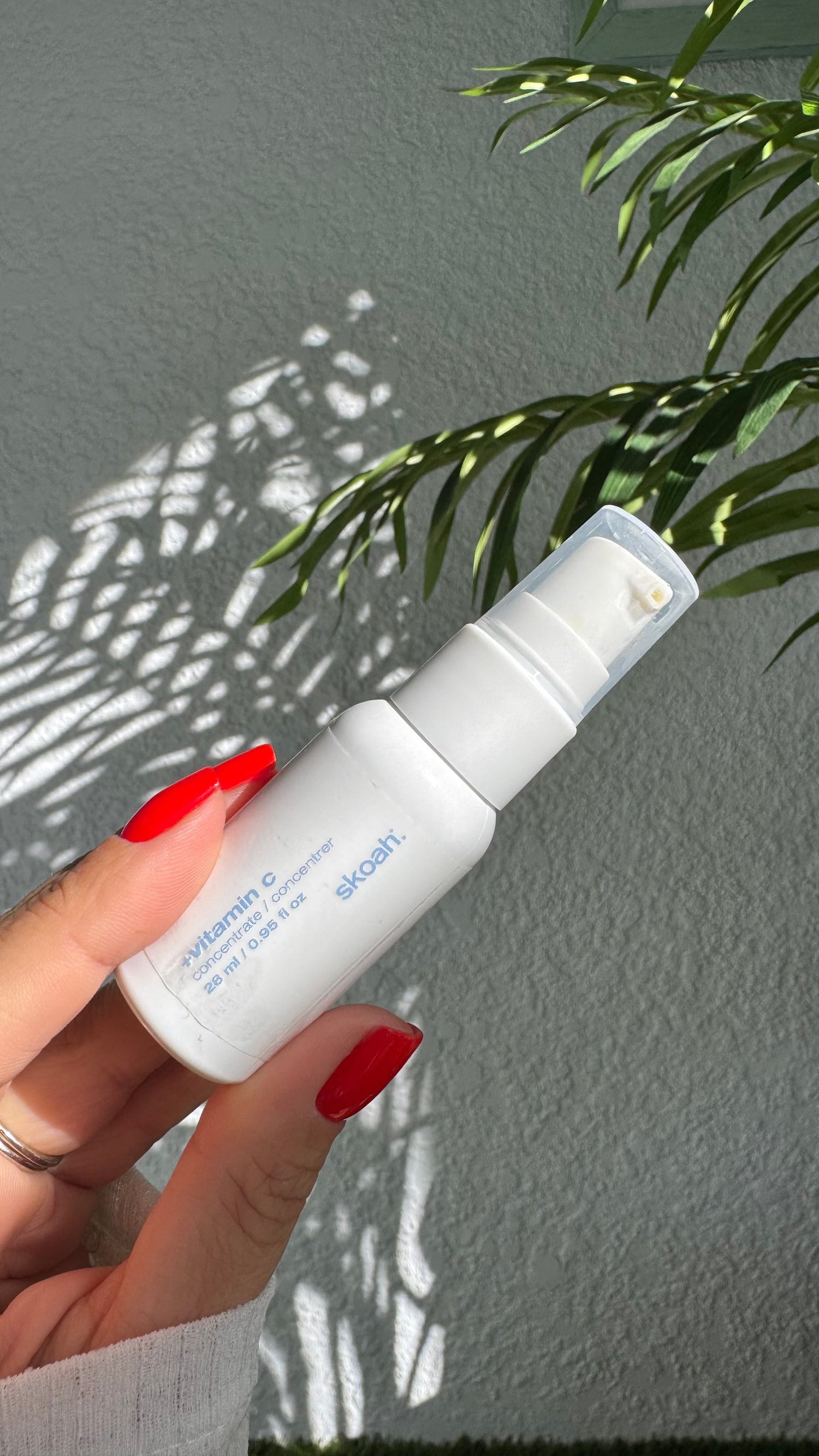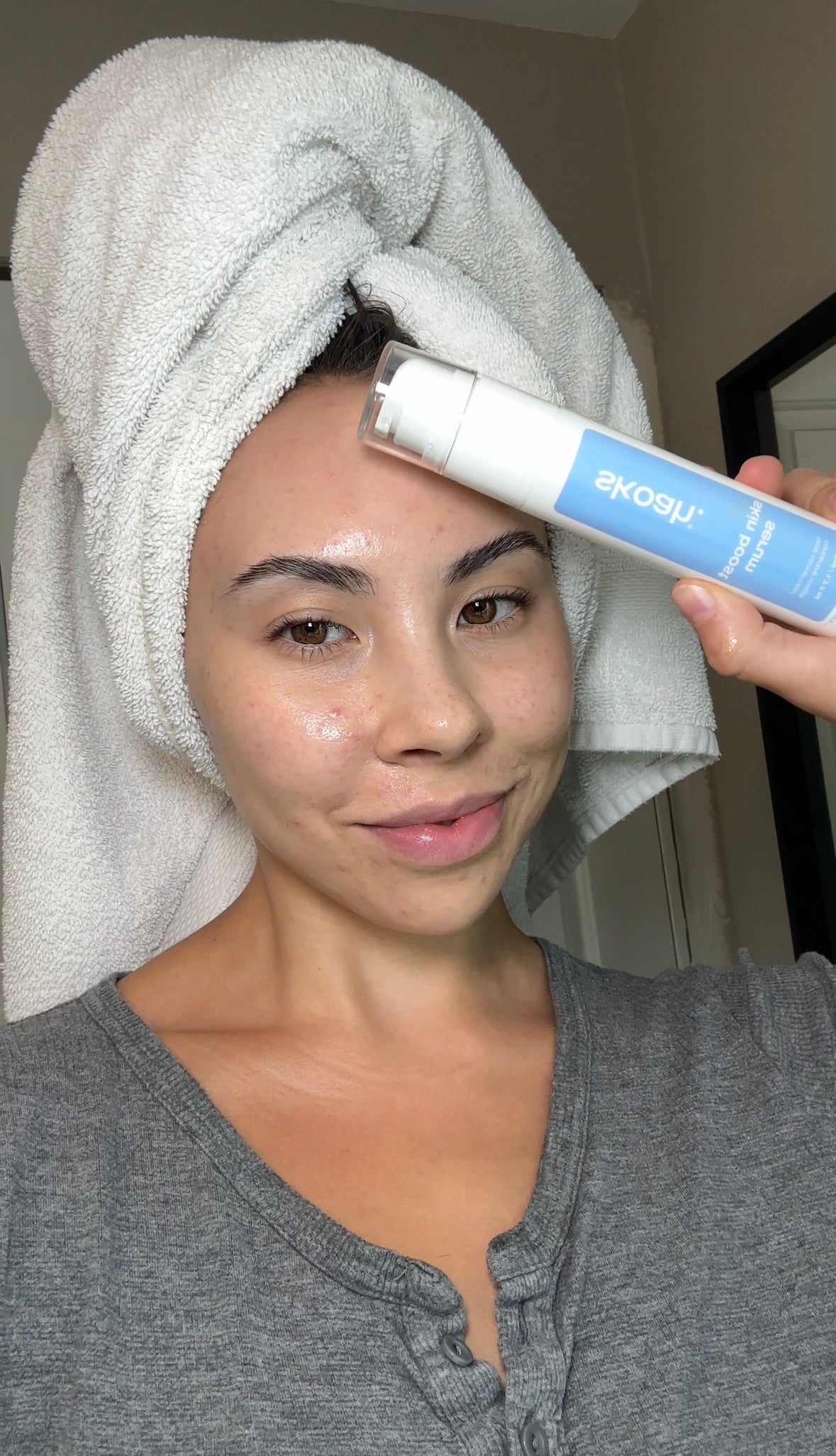How to Use Glycolic Acid
Glycolic acid has become a buzzword in the skincare industry, celebrated for its exfoliating prowess and skin-brightening benefits. But with such a powerful ingredient, knowing how to use it correctly is essential. This guide will walk you through everything you need to know about glycolic acid, including what it is, how to use it, its benefits, and whether it’s right for your skin type and concerns.
What Is Glycolic Acid?
Glycolic acid is a type of alpha-hydroxy acid (AHA) derived from sugarcane. It’s the smallest AHA molecule, which allows it to penetrate the skin deeply and effectively. This penetration enables glycolic acid to exfoliate dead skin cells, improve skin texture, and reveal a brighter, more radiant complexion.
Key Benefits of Glycolic Acid:
-
Exfoliation: Removes dead skin cells, reducing dullness.
-
Brightening: Helps even out skin tone and fade dark spots.
-
Anti-Aging: Boosts collagen production, minimizing fine lines and wrinkles.
-
Acne Prevention: Unclogs pores, reducing the likelihood of breakouts.
What Is the Difference Between Glycolic Acid and AHA?
While glycolic acid is a type of alpha-hydroxy acid (AHA), not all AHAs are glycolic acid. Here are the key differences:
Glycolic Acid:
-
Derived from sugarcane.
-
Smallest AHA molecule, allowing deeper skin penetration.
-
Highly effective for exfoliation and collagen stimulation.
AHAs (General):
-
Include other acids such as lactic acid, citric acid, and mandelic acid.
-
Each AHA varies in molecular size and function; for example, lactic acid is gentler and more hydrating, while mandelic acid is ideal for sensitive skin.
-
AHAs as a group focus on exfoliating the skin's surface and improving texture and tone.
In essence, glycolic acid is a potent AHA known for its efficiency and deep action, making it a top choice for those seeking intensive exfoliation.
How to Use Glycolic Acid
When introducing glycolic acid into your skincare routine, it’s important to start slow and build up your skin’s tolerance.
Step-by-Step Guide:
-
Patch Test: Apply a small amount of glycolic acid product to a discreet area, such as behind your ear or on your inner arm. Wait 24 hours to ensure you don’t experience redness, irritation, or other adverse reactions.
-
Cleanse Your Skin: Use a gentle cleanser to remove dirt and oil, ensuring your skin is clean and ready to absorb the glycolic acid.
-
Apply Glycolic Acid:
-
Liquid Toner: Pour onto a cotton pad and swipe across your face, avoiding the eye and lip areas.
-
Serum: Dispense a few drops and pat onto the skin.
-
Mask: Apply evenly and leave on for the recommended time before rinsing off.
-
-
Moisturize: Follow up with a hydrating moisturizer to replenish your skin’s moisture barrier.
-
Apply Sunscreen: Glycolic acid can make your skin more sensitive to the sun. Always wear broad-spectrum sunscreen during the day.
Frequency of Use:
Start with 1-2 times per week and gradually increase to every other day or daily, depending on your skin’s tolerance.
Where Is It Safest to Use Glycolic Acid?
Glycolic acid is most commonly used on the face but can also benefit other areas of the body prone to rough texture, hyperpigmentation, or breakouts.
Safe Application Areas:
-
Face: Avoid the delicate skin around your eyes and lips.
-
Neck and Décolletage: To address signs of aging.
-
Body: Elbows, knees, back, and other areas with rough or uneven skin.
Areas to Avoid:
-
Open wounds or active acne lesions.
-
Sensitive areas like the eyelids and lips.
Is Glycolic Acid Right for Your Skin?
Glycolic acid isn’t a one-size-fits-all solution. Your skin type and concerns play a crucial role in determining whether it’s suitable for you.
Skin Types:
-
Oily or Acne-Prone Skin: Glycolic acid can help unclog pores and reduce breakouts.
-
Dry Skin: Its exfoliating properties allow moisturizers to penetrate more effectively, though it should be used sparingly.
-
Normal to Combination Skin: Works well to maintain a smooth, radiant complexion.
-
Sensitive Skin: Approach with caution. Opt for lower concentrations and patch-test rigorously.
Concerns:
-
Hyperpigmentation: Glycolic acid can fade dark spots and even out skin tone.
-
Fine Lines and Wrinkles: Stimulates collagen production for a more youthful appearance.
-
Acne: Helps prevent clogged pores and reduce post-acne marks.
Benefits and Drawbacks of Glycolic Acid
Benefits:
-
Effective Exfoliation: Reveals brighter, smoother skin.
-
Improves Product Absorption: Allows other skincare products to penetrate deeper.
-
Versatility: Available in various concentrations and formulations.
Drawbacks:
-
Sun Sensitivity: Increases vulnerability to UV damage, necessitating daily sunscreen use.
-
Irritation Potential: Can cause redness, dryness, or peeling, especially for sensitive skin.
-
Initial Breakouts: Some users experience purging as clogged pores are cleared.
FAQs About Glycolic Acid
1. What is glycolic acid?
Glycolic acid is an alpha-hydroxy acid (AHA) derived from sugarcane. It exfoliates the skin, improves texture, and promotes a brighter complexion.
2. How do you use glycolic acid?
Start with a patch test. Use a gentle cleanser, apply glycolic acid (toner, serum, or mask), moisturize, and finish with sunscreen. Begin using it 1-2 times per week, gradually increasing frequency.
3. Where is it safest to use glycolic acid?
Use it on the face, neck, décolletage, and body areas like elbows and knees. Avoid the eye and lip areas, as well as open wounds or active acne lesions.
4. Is glycolic acid right for my skin?
It works well for oily, acne-prone, normal, and combination skin. Dry skin types should use it cautiously. Sensitive skin may need to opt for lower concentrations.
5. What are the benefits and drawbacks of glycolic acid?
Benefits include effective exfoliation, improved product absorption, and anti-aging effects. Drawbacks include sun sensitivity, potential irritation, and initial purging.
Final Thoughts
Glycolic acid can be a transformative ingredient in your skincare routine, provided it’s used correctly. By starting slow, patch-testing, and incorporating sunscreen, you can enjoy smoother, brighter, and healthier skin. Always listen to your skin and adjust usage based on its needs.



